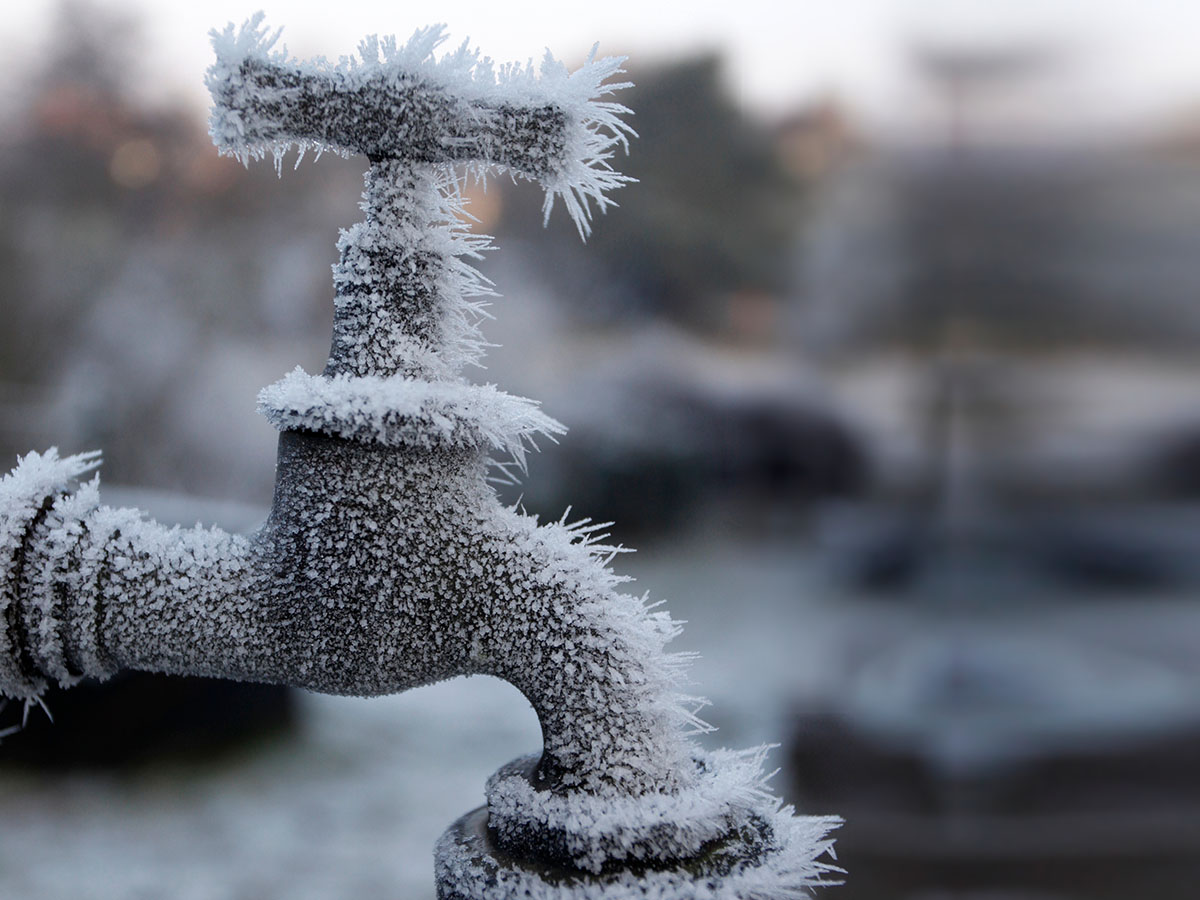Essential Advice to Avoid Frozen Pipes in Cold Weather: Expert Insights
Essential Advice to Avoid Frozen Pipes in Cold Weather: Expert Insights
Blog Article
What are your ideas with regards to How to prepare your home plumbing for winter weather?

Cold weather can ruin your pipes, specifically by freezing pipelines. Below's exactly how to avoid it from taking place and what to do if it does.
Intro
As temperature levels decrease, the danger of frozen pipelines rises, potentially causing expensive repair services and water damages. Recognizing exactly how to avoid icy pipelines is crucial for house owners in chilly environments.
Avoidance Tips
Insulating at risk pipelines
Wrap pipes in insulation sleeves or utilize warmth tape to secure them from freezing temperatures. Concentrate on pipelines in unheated or outside locations of the home.
Home heating methods
Maintain indoor areas effectively warmed, particularly locations with plumbing. Open up closet doors to allow cozy air to flow around pipelines under sinks.
Exactly how to identify frozen pipelines
Seek decreased water circulation from faucets, uncommon smells or noises from pipes, and noticeable frost on subjected pipes.
Long-Term Solutions
Structural adjustments
Take into consideration rerouting pipes far from outside wall surfaces or unheated areas. Add additional insulation to attic rooms, basements, and crawl spaces.
Upgrading insulation
Invest in top notch insulation for pipes, attics, and wall surfaces. Appropriate insulation assists keep constant temperature levels and reduces the danger of icy pipes.
Protecting Outside Pipes
Garden pipes and exterior faucets
Separate and drain garden pipes before winter months. Install frost-proof spigots or cover outdoor faucets with insulated caps.
Comprehending Frozen Pipelines
What triggers pipes to ice up?
Pipelines freeze when exposed to temperatures listed below 32 ° F (0 ° C) for prolonged durations. As water inside the pipes ices up, it increases, putting pressure on the pipe wall surfaces and potentially causing them to rupture.
Dangers and damages
Icy pipelines can result in supply of water interruptions, residential or commercial property damage, and expensive repairs. Ruptured pipes can flooding homes and create considerable architectural damage.
Indications of Frozen Pipes
Identifying icy pipelines early can avoid them from bursting.
What to Do If Your Pipelines Freeze
Immediate actions to take
If you presume icy pipes, maintain faucets available to eliminate pressure as the ice thaws. Make use of a hairdryer or towels taken in hot water to thaw pipes gradually.
Conclusion
Preventing icy pipelines calls for positive steps and quick feedbacks. By recognizing the reasons, indicators, and preventive measures, property owners can secure their pipes during winter.
5 Ways to Prevent Frozen Pipes
Drain Outdoor Faucets and Disconnect Hoses
First, close the shut-off valve that controls the flow of water in the pipe to your outdoor faucet. Then, head outside to disconnect and drain your hose and open the outdoor faucet to allow the water to completely drain out of the line. Turn off the faucet when done. Finally, head back to the shut-off valve and drain the remaining water inside the pipe into a bucket or container. Additionally, if you have a home irrigation system, you should consider hiring an expert to clear the system of water each year.
Insulate Pipes
One of the best and most cost-effective methods for preventing frozen water pipes is to wrap your pipes with insulation. This is especially important for areas in your home that aren’t exposed to heat, such as an attic. We suggest using foam sleeves, which can typically be found at your local hardware store.
Keep Heat Running at 65
Your pipes are located inside your walls, and the temperature there is much colder than the rest of the house. To prevent your pipes from freezing, The Insurance Information Institute suggests that you keep your home heated to at least 65 degrees, even when traveling. You may want to invest in smart devices that can keep an eye on the temperature in your home while you’re away.
Leave Water Dripping
Moving water — even a small trickle — can prevent ice from forming inside your pipes. When freezing temps are imminent, start a drip of water from all faucets that serve exposed pipes. Leaving a few faucets running will also help relieve pressure inside the pipes and help prevent a rupture if the water inside freezes.
Open Cupboard Doors
Warm your kitchen and bathroom pipes by opening cupboards and vanities. You should also leave your interior doors ajar to help warm air circulate evenly throughout your home.

I found that review about How To Avoid Freezing Pipes while surfing the web. Those who enjoyed our page kindly make sure you remember to pass it around. Thanks for being here. Don't hesitate to pay a visit to our blog back soon.
Call Today Report this page